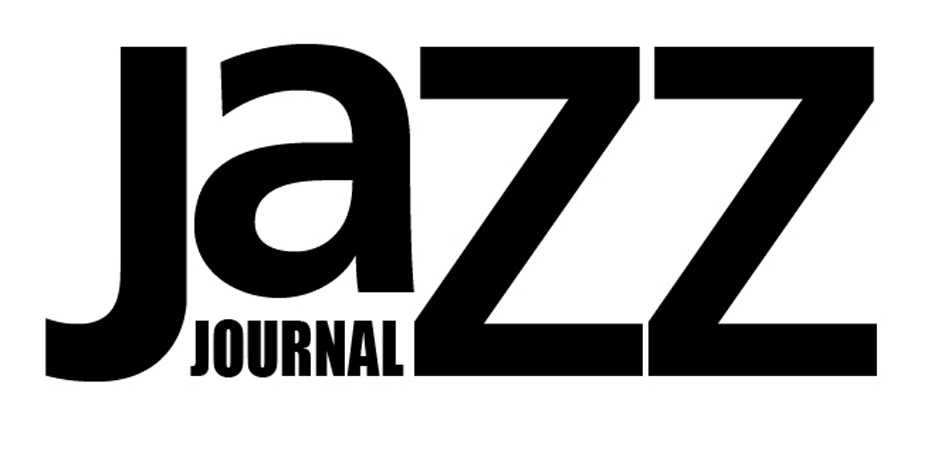Anoushka Shankar doesn’t play jazz, but it was part of the mix in her last show of the summer, on a glowing evening at the Helsinki Festival. She and her quartet conjure up an uncategorisable, improvised instrumental music that draws on jazz, rock, ambient, minimalism and, naturally, Indian music, including the Hindustani classical music that she learned from her father, Ravi.
He might have been baffled by much of this, beginning with the pedal-driven electronic-looped tanpura drone that started the concert. Over that ambient wash, she faintly brushed the sitar strings. Then suddenly she played a spine-tinglingly crisp twanging figure that hung and shimmered in the air before launching into her sole classical piece of the evening.
Two weeks earlier, Shankar appeared at the BBC Proms, performing an orchestral suite based on three instrumental EPs that she’s released since 2023. They follow poppier albums with vocalists including her half-sister, Norah Jones. Her Helsinki show also focused on that EP trilogy, but now in looser, exploratory versions with her sizzling quartet. Its members all have UK jazz cred. Clarinettist-keyboardist Arun Ghosh and drummer-percussionist Sarathy Korwar have both collaborated with the likes of Shabaka Hutchings and Idris Rahman, while stand-up bassist Tom Farmer has played with Empirical, Ivo Neame and Tim Garland.
Korwar, who produced and co-wrote her latest release Chapter III: We Return to Light, brings an edgy explosiveness coupled with precision that brings to mind Omar Hakim. Ghosh’s clarinet hinted at Armenian, Arabic and klezmer sounds, its keening intensity entwining enticingly with the leader’s sitar. In her hands – and with her effects pedals – it produced an incredibly complex, wide-ranging body of sound during the evening.
Amrita was poignant, stirring post-rock with Ghosh on Fender Rhodes, while Dancing On Scorched Earth laid down a jangly rhythm. Along the way there were intense, extended improv jams that sometimes echoed the late 60s raga-rock of Richard Thompson or the Byrds. That all made perfect sense as they were influenced by Ravi Shankar and his devotee, John Coltrane. Shankar Sr corresponded and met with Coltrane, inspired Yusef Lateef and recorded with Bud Shank. All three saxophonists also played flute – which possibly inspired the evening’s support act to do the same.
Timo Lassy has become Finland’s most successful saxophonist since starting out in the early 2000s with the Five Corners Quintet. That band spearheaded the rebirth of Finnish jazz, and this summer got together for its first gigs in 15 years.
Lassy is best known for his brawny, honking tenor but played a couple of tunes on flute, starting off with Meditation, possibly a nod to the headliner’s more ethereal sound. Then he launched into his first sax tune, which almost seemed to include electronic looping, but was apparently 100% organic.
There were synthesizers and strings on the Timo Lassy Trio’s debut album four years ago, but this set – like last spring’s Live In Helsinki – showed off the stripped-down basic trio sound. Double bassist Ville Herrala naturally has a pivotal role in that, but he played several overlong solos while fiery drummer Jaska Lukkarinen only got two. One was a riotous bare-handed one on African Rumble, a catchy crowd-pleaser dating back to Lassy’s first solo album from 2007. The other was on the blazing Mountain Man Exit, with Herrala switching to electric and Lassy delivering squeals and incredibly fast sheets of sound like Shankar’s greatest jazz disciple.
Anoushka Shankar and the Timo Lassy Trio at the Helsinki Festival’s Huvila Tent, 28 August 2025

